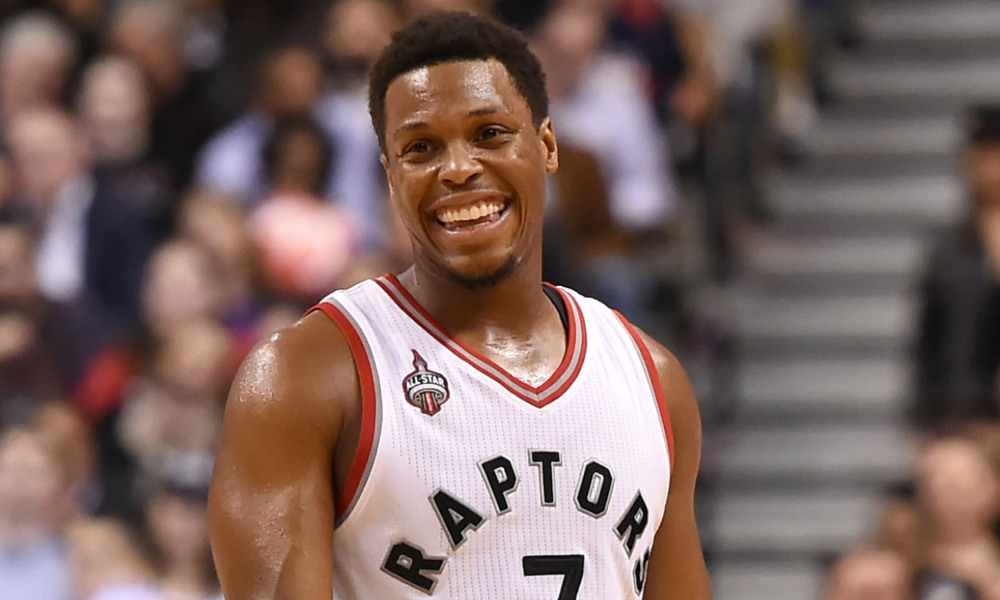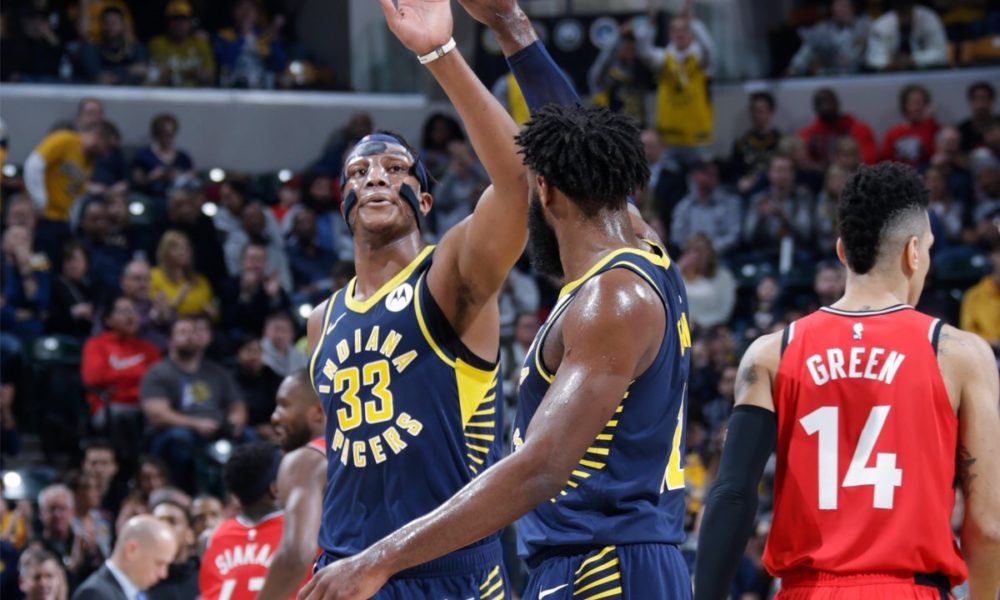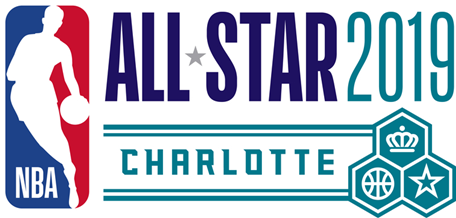The last time Kyle Lowry wasn’t an all-star, Robin Williams was still alive. Lowry has been stealing the hearts of Raptors’ fans for so long that it’s easy to take for granted. It’s easy for fan-bases to clamour to trade Lowry for Bradley Beal or Mike Conley. It’s understandable for writers to argue for Pascal Siakam or Serge Ibaka to be included in their first all-star games. (and to be sure, they did great jobs, and you should read those pieces). But what’s easy and what’s understandable is often what’s wrong. Kyle Lowry should be an absolute lock to play in this year’s all-star game.
Let’s recap. Lowry started the season on such a hot streak that I, among others, was calling for his inclusion in the MVP conversation. That may have been, uhhh, premature. But not so much has changed since then, in terms of Lowry’s massive all-around contributions on the court. Of course, there has been one massive change. Lowry’s shooting has fallen off a cliff. Before November 7, Lowry shot 39.2 percent from deep – a great number, to be sure, but right in line with his career averages. Since November 7, Lowry has struggled to 28.0 percent from deep.
His overall 31.6 percent from deep this year would represent his worst number since 2009-10, when he was backing up Aaron Brooks in Houston. Shooting is Lowry’s greatest skill, and him losing his touch has been a problem for the Raptors. His offensive rating has dipped to 113.3 since November 7 after standing at an ungodly 121.7 before. (No rotation player has ever posted an offensive rating of 121.7 over a full season, it’s worth mentioning.)
Of course, shooting is not Lowry’s only skill. He has always been a streaky shooter. But he always contributes even when his jump-shot is astray. In 2015-16, when Lowry’s shooting abandoned him for a deep 20-game playoff run, he still boasted the third-highest net rating on the team.
Lowry has been doing everything well this season other than shooting. He has the second-highest net rating on the team. Over the season, he’s actually second in the league in assists per game, at 9.4. He’s a top-ten rebounder from the point guard position. He’s an elite defender. More than all of that, he could win a MacArthur fellowship for his on-court performance.
Take this layup against Sacramento. Lowry splits a high hedge with a nifty spin move and finds himself going downhill in a two-on-one situation. He dishes a bounce quite early pass to his center, Greg Monroe, who is rolling to the rim. So far, this is an aesthetically pleasing play, if a standard one seen 10 or so times per game, but Lowry may have ruined the advantage by passing so early. Monroe is attacking a set defence that rotated from the corner, with help sucked into the paint all around, so the best possibility here is probably a contested layup attempt from Monroe. However, Lowry keeps cutting after he passes the ball. This is insane. Why would a point guard continue cutting into the paint after passing to the roller? This would clog the lane, forcing an even tougher attempt from Monroe. He should be clearing to the corner to spread the strongside! But he saw something we didn’t.
That is a work of pure brilliance that almost no other NBA player can mimic. That is pure Lowry. Despite being a nearly 33-year-old, sub-six-foot point guard with an injured back, Lowry is shooting better at the rim than he ever has in his career. Seriously. His 69 percent at the rim this year is comparable to Jimmy Butler (68 percent), DeMar DeRozan (68 percent) and LeBron James (70 percent). Much of that is because Lowry only takes about a quarter of his shots at the rim, but it’s still outrageous and indicative of how Lowry uses his intelligence to overcome his athletic deficit.
Lowry’s defence is a similarly cerebral display of dominance. He is potentially the best non-big post-up defender in the league, and he routinely embarrasses much larger men who try to back him down. He has mastered the principle of verticality and has recorded at least one block in 12 of his last 16 games. He blows up plays with his unteachable ability to understand when to freelance and when to stick to the gameplan.
Here Lowry switches onto Tyreke Evans to force himself into the action. Thrice, he sinks low off of Evans onto the nail to break up the drive, and twice he recovers perfectly back to Evans to disallow the shot. He even sticks with Evans when he tries to break him down off the dribble. Lowry plays defence like he plays offence, treating the floor like a piece of modern music, free to include syncopations, arrhythmia, improvisations, aggression, and altogether show off his genius.
Neither of Lowry’s above highlights showcase shooting from behind the arc. Even if most of Lowry’s impact doesn’t show up in traditional box scores, his impact on winning does show up in advanced statistical models. There, he runs the show. Jacob Goldstein’s Player Impact Plus-Minus has Lowry ranking with the 11th-highest OPIPM and 14th-highest PIPM numbers on the year.
With one of the league’s deadliest jump-shots, Lowry is an MVP candidate. With a busted jump-shot that he’s been refusing to even attempt over the past month or two, he is still very much an all-star. (And watch out, not for all-star purposes, but Lowry has shot over 40 percent from deep for two games in a row.)
All-stars aren’t the 12 most physically imposing players in a conference, or the 12 best scorers. They aren’t the 12 most famous players or the 12 players with the best narratives. They aren’t the 12 players most deserving of career achievement awards. All-stars are the 12 players who most improve their teams. Kyle Lowry improves his team more, both qualitatively and quantitatively, than almost any other player in the league. It’s easy easy to forget or undervalue his contributions, but easy is never correct when it comes to the Raptors’ bulldog. Kyle Lowry is absolutely, unquestionably, certainly, undoubtedly, certifiably, no questions asked an Eastern Conference all-star.



